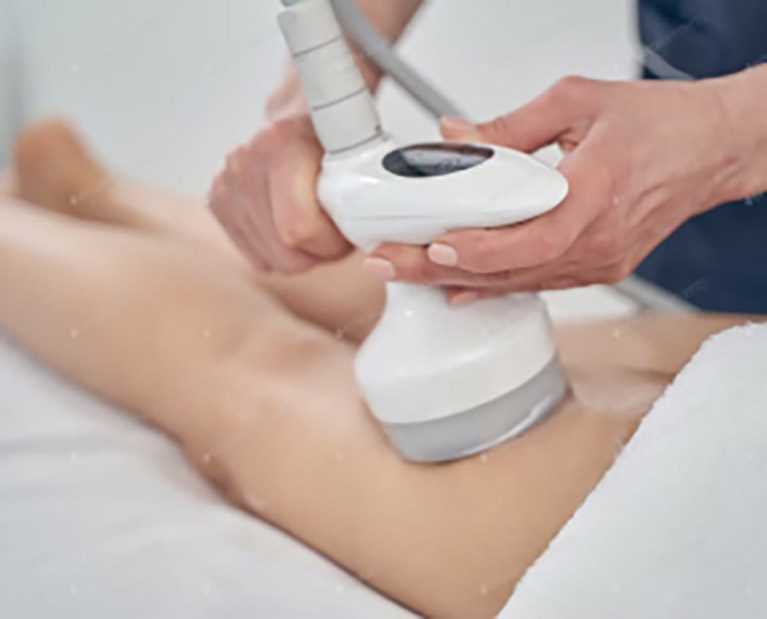Your face is most important to your identity. We present ourselves to the world and show expression through our faces. No other body part carries the weight of vanity that our faces do.
Your face is most important to your identity. We present ourselves to the world and show expression through our faces. No other body part carries the weight of vanity that our faces do.
Facelifts are invasive and have more impact than any other cosmetic procedure. A good result can change lives, and improve emotional/physical well-being and confidence. On the other hand, a poor result can cause years of problems. High on the list of patient concerns is the fear of looking unnatural or overdone. The unnatural appearance most often results from poor surgical planning and skill: technique, unnatural vectors of pull, hairline changes, and poor attention to detail. Failure to address contributing aging factors, such as skin texture and eyelids may also detract from the results. The biggest contributor, however, is volume.
A facelift removes redundant skin and underlying supportive tissues. this procedure may not make you look younger, but it will make you look “tighter”. Central facial wrinkles, such as those surrounding the mouth or between the nose and the mouth (melolabial or nasolabial folds) are unaffected by facelift surgery. Traditional rejuvenation includes removing only redundant skin. The contemporary approach to restoring a youthful appearance involves not only the removal of redundant skin, but also laser resurfacing and recolonization with fillers, implants, or fat.
Facelifts have been performed for over 100 years, and history shows that the evolution of a procedure with pre- and posterior ear skin excisions, appropriate dissections, super musculoaponeurotic system (SMAS) treatment, and superficial neck muscle treatment can produce a safe, natural, and long-lasting result.






